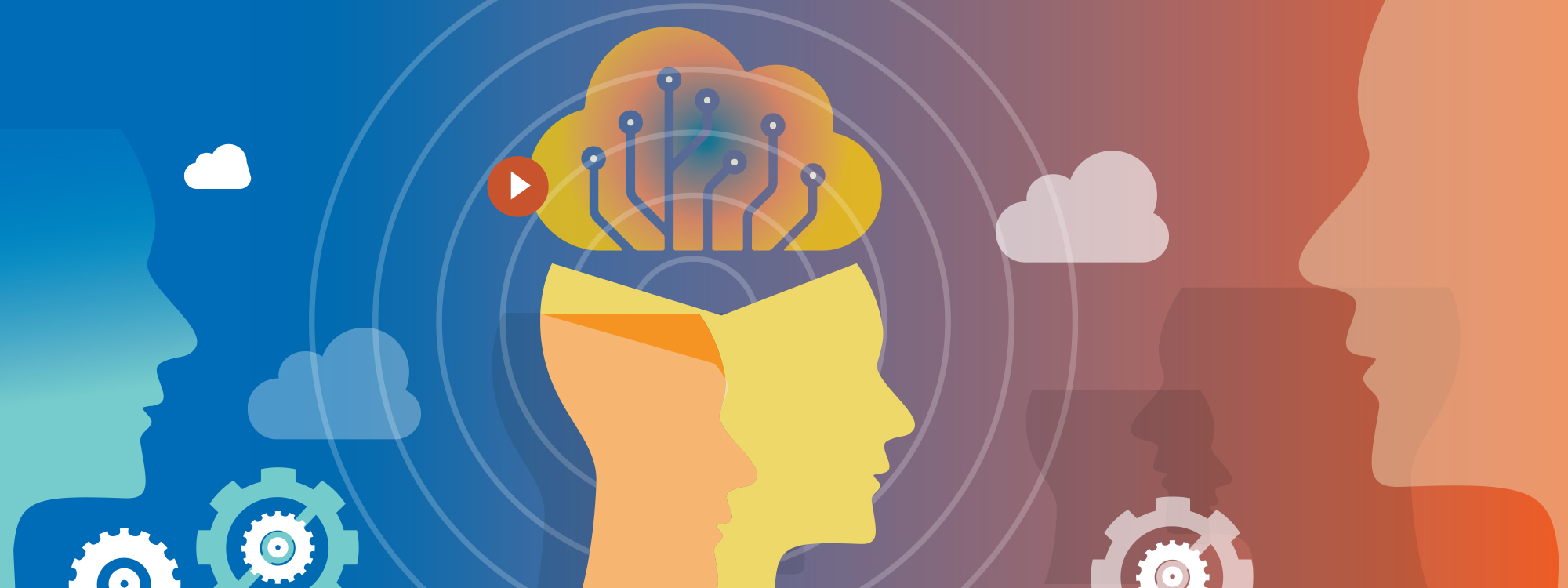Brain Triggers Curiosity is a driving force behind human exploration and creativity. A current study carried out by researchers at Columbia University’s Zuckerman Institute has furnished captivating insights into how the brain triggers interest in response to visible ambiguity. This groundbreaking studies, posted within the Journal of Neuroscience, is well-known and shows the specific brain areas that examine uncertainty and spark curiosity. Utilizing useful magnetic resonance imaging (fMRI), the researchers discovered that lower confidence in spotting photographs ends in heightened curiosity. This discovery highlights the deep biological roots of human curiosity and its enormous position in creativity. Read More

The Mystery Behind Curiosity
Brain Triggers Curiosity: Imagine looking up at the sky and seeing some thing you cannot quite become aware of. Is it a balloon? A plane? A UFO? This feeling of interest is something all of us enjoy, and now, for the first time, scientists have witnessed what occurs within the brain whilst these feelings stand up. The studies team at Columbia’s Zuckerman Institute has recognized the brain areas that determine the degree of uncertainty in visually ambiguous conditions, giving upward thrust to subjective feelings of interest.
The Evolutionary Roots of Curiosity
Dr. Jacqueline Gottlieb, a most important investigator on the Zuckerman Institute and a professor of neuroscience at Columbia’s Vagelos College of Physicians and Surgeons, explains that curiosity has deep biological origins. The primary evolutionary advantage of curiosity is to inspire residing beings to explore their surroundings in ways that beautify their possibilities of survival. However, what sets human interest aside is its tendency to power us to explore much more broadly than other animals. Humans frequently seek expertise not for instant survival or material rewards but definitely to satisfy their desire to recognize.
The Role of fMRI in Understanding Curiosity
In the study, researchers used practical magnetic resonance imaging (fMRI) to measure changes in blood-oxygen levels in the brains of 32 volunteers. This noninvasive era allowed scientists to record how much oxygen special parts of the topics’ brains fed on as they regarded pix. The extra oxygen a mind’s vicinity consumes, the more active it’s miles. This approach provided a window into the brain’s interest during moments of curiosity.
The Experiment with Texforms
To find the areas of the areas of the mind involved in interest, the researchers presented individuals with unique images referred to as texforms. These pieces of gadgets, along with a walrus, frog, tank, or hat, were distorted to varying tiers to make them more or less hard to recognize. Participants have been asked to rate their self-belief and curiosity approximately every time. The findings discovered an inverse courting between confidence and curiosity: the more assured topics had been in spotting the text, the much less curious they had been about it, and vice versa.
Brain Regions Activated by Curiosity
The mind-experiment facts confirmed high hobby inside the occipitotemporal cortex (OTC), a location acknowledged to be concerned in vision and item reputation. When members had been provided with clear photographs, this mind region confirmed wonderful interest styles for animate and inanimate objects. However, while contributors were more curious, the OTC displayed characteristics of each styles, indicating uncertainty about the picture category.
The Anterior Cingulate Cortex and Ventromedial Prefrontal Cortex
In addition to the OTC, other mind areas were additionally active at some stage in the texform shows: the anterior cingulate cortex and the ventromedial prefrontal cortex (vmPFC). The anterior cingulate cortex is implicated in record-collecting, while the vmPFC is worried about tracking someone’s subjective perceptions of value and confidence in approximately distinct conditions. Both areas had been more energetic, while subjects stated being extra confident in spotting a text’s identity and, as a result, being less curious about it.
The Neurological Bridge of Curiosity
Dr. Gottlieb points out that the vmPFC pastime seems to offer a neurological bridge between the subjective feeling of interest and the OTC reality degree. It appears that this vicinity reads out the uncertainty encoded by the disbursed pastime sample in the OTC and facilitates someone’s decision in the event that they want to be curious about the text. This location marks the primary time scientists can link the subjective feeling of curiosity about information to the manner in which the brain represents that information.
Broader Implications of the Study
While the observer focused on perceptual interest elicited by means of visible stimuli, it opened the door to exploring other varieties of curiosity, including interest in approximately minutiae questions, factual subjects, or social curiosity. One fascinating possibility is that the mechanism uncovered in this observation may also generalize to different kinds of curiosity. For example, an fMRI examination investigating sounds of varying recognizability may also display that auditory areas within the brain carry uncertainty approximately the sound, and the vmPFC reads out this uncertainty to decide curiosity.
Potential Diagnostic and Therapeutic Implications
The findings from this study may have great implications for diagnosing and treating situations, including despair, apathy, or anhedonia (the incapability to feel delight), that are regularly marked by a loss of interest. Curiosity involves a sort of enthusiasm and a willingness to dissipate electricity into the research environment. It’s intrinsically motivated, which means that humans are curious primarily based on the wish that something appropriate will come from studying. Understanding the neurological underpinnings of interest should cause new tactics in treating these conditions.
Visit For More: Global Insights Latest













